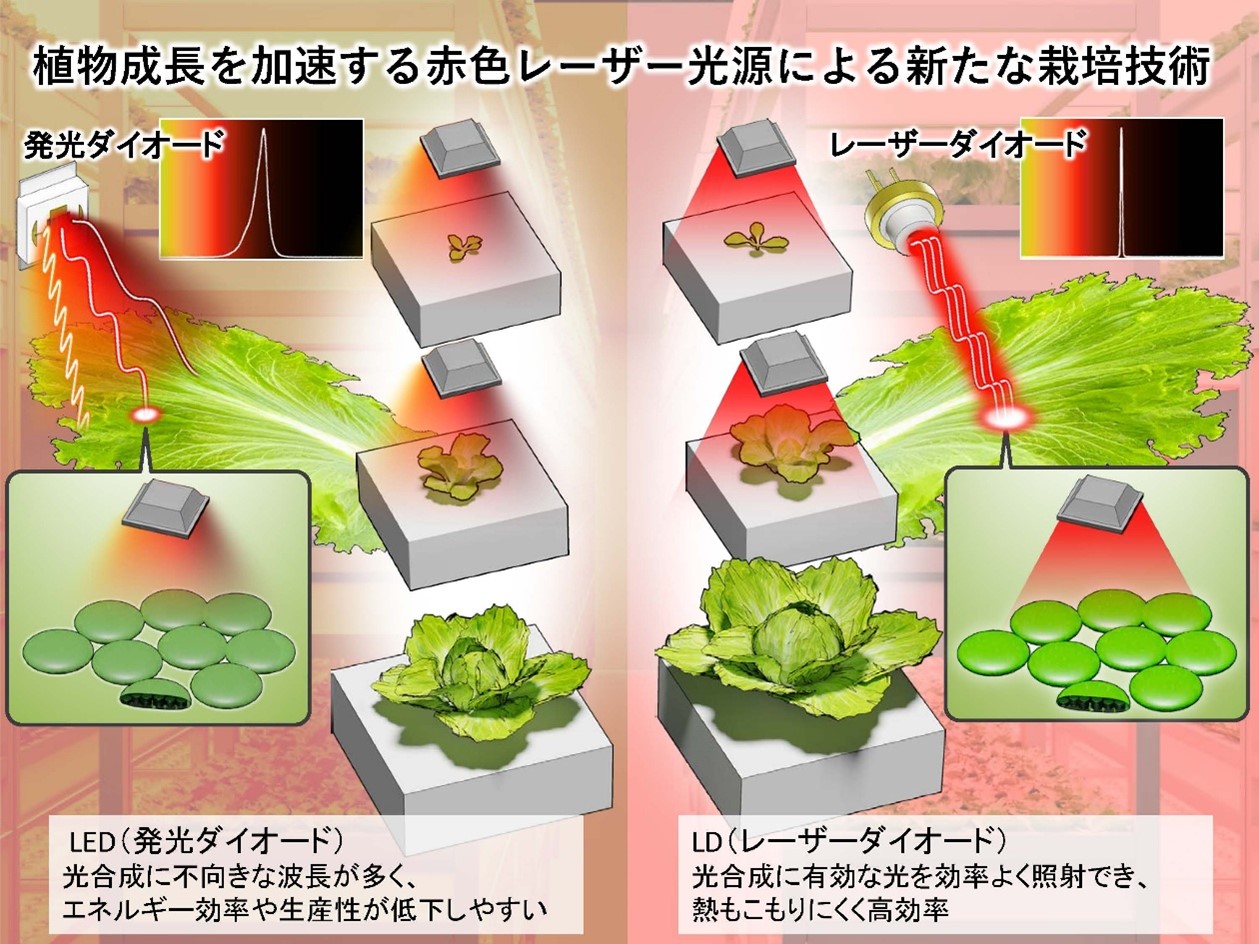2025-05-20 北海道大学,金沢大学,気象庁気象研究所,名古屋大学

アイスコアから復元した硝酸塩量(黒)と周辺国の人為窒素酸化物(NOx)排出量(オレンジ)の1800-2020年の経年変化(1800-1850年を基準に規格化した値)。タイムラグは、大気酸性度に応じた大気硝酸の輸送されやすさによって説明される。
<関連情報>
- https://www.hokudai.ac.jp/news/2025/05/post-1880.html
- https://www.hokudai.ac.jp/news/pdf/250520_pr.pdf
- https://www.nature.com/articles/s41467-025-59208-0
硝酸塩の酸駆動性ガス-粒子分配は工業化時代を経て北極への輸送を制御する Acidity-driven gas-particle partitioning of nitrate regulates its transport to Arctic through the industrial era
Yoshinori Iizuka,Mai Matsumoto,Kaoru Kawakami,Mahiro Sasage,Sakiko Ishino,Shohei Hattori,Ryu Uemura,Hitoshi Matsui,Koji Fujita,Naga Oshima,Andrea Spolaor,Anders Svensson,Bo Møllesøe Vinther,Hiroshi Ohno,Osamu Seki & Sumito Matoba
Nature Communications Published:19 May 2025
DOI:https://doi.org/10.1038/s41467-025-59208-0
Abstract
Anthropogenic NOx emissions have altered the biogeochemical nitrogen cycle since the Industrial Revolution, yet Arctic ice core nitrate (NO3−) records are inconsistent with post-1970s NOx emission reductions. Here we show a NO3− deposition history covering 1800–2020 using an ice core from the southeastern Greenland dome with high snow accumulation. The ice core NO3− concentrations are particularly disconnected from NOx source regions during the peak pollution period and post-1990s. A global chemical transport model reproduced these discordances between total NO3− and NOx emissions by altering gaseous HNO3 and particulate NO3− (p-NO3−) ratios and subsequently NO3− lifetime. This result and correlations with acidity parameters recorded in the ice core, suggest that acidity-driven gas-particle partitioning of NO3− regulates its transport to Arctic regions alongside changes in NOx emissions. In the future, despite NOx reductions, the increase in proportion of p-NO3− with longer atmospheric lifetime becomes crucial to control the Arctic NO3− burden.



